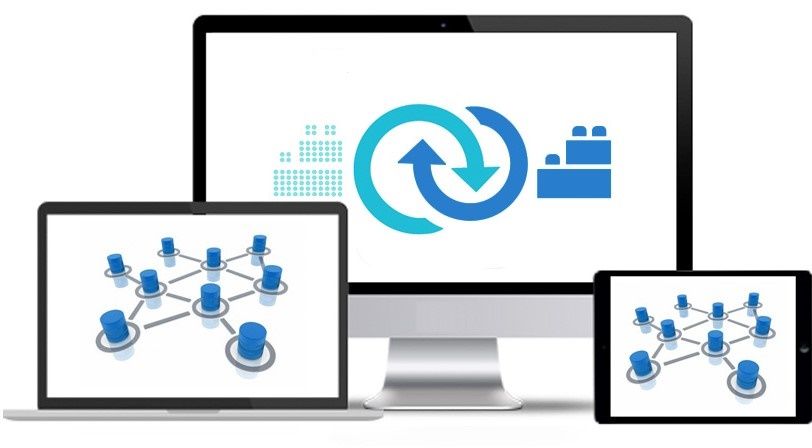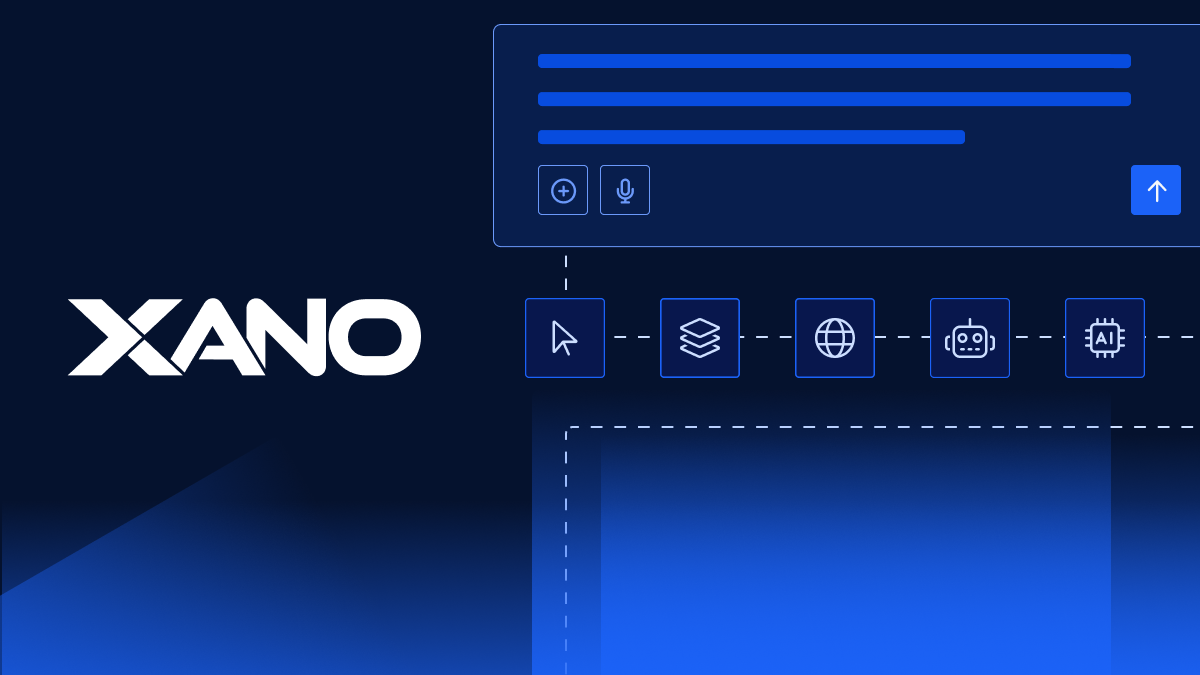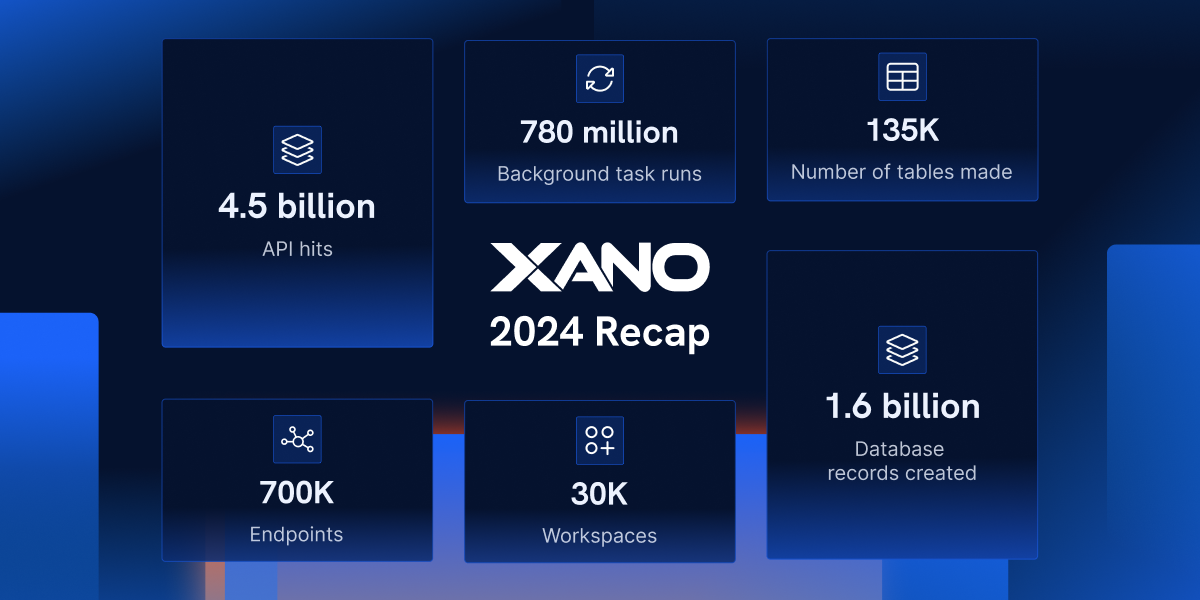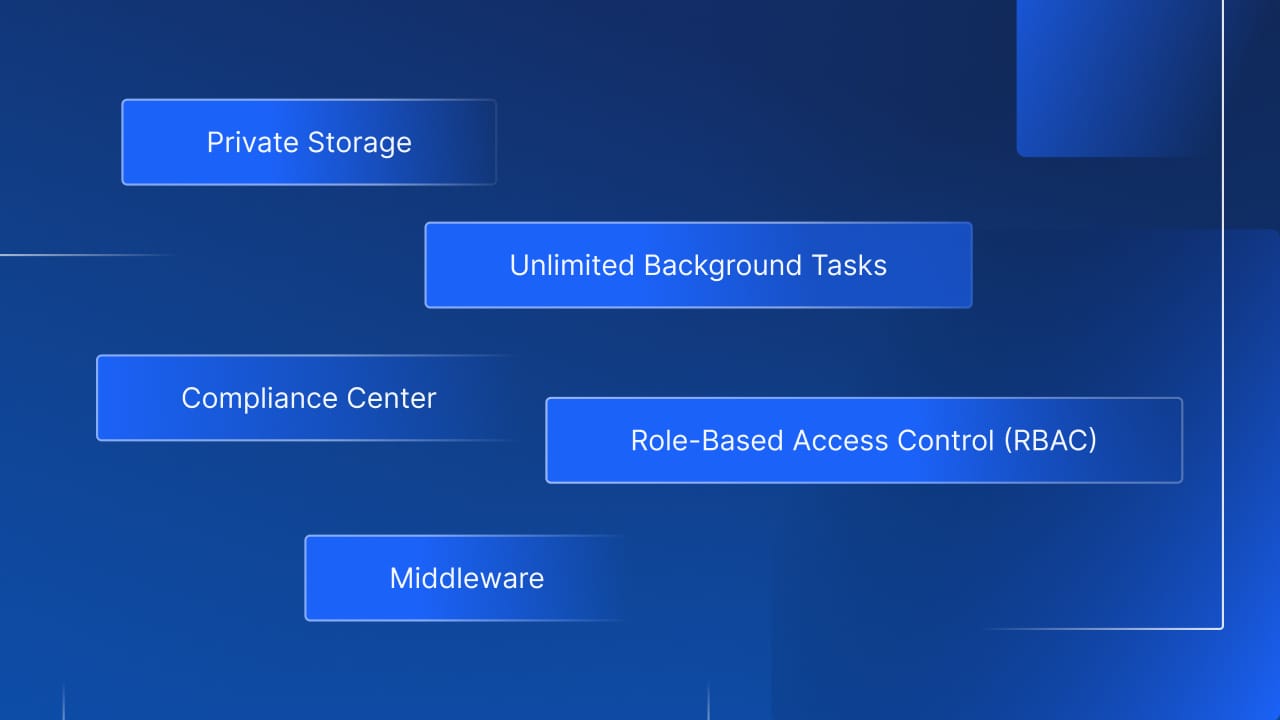Complete Guide to Use & Integrate APIs for Beginners
By Xano | July 19, 2021

API stands for “application programming interface” and you cannot learn modern development without understanding APIs. Today they have an API-first approach for any given development project. API integration and use can be confusing – especially for novice programmers and developers.
For example, APIs are what allow you to create applications that pull or push data for the user.This is what gives programmers the ability to quickly use services that would otherwise take hours or even days of work to code. For those working in app development especially, a working knowledge of APIs is vital for success.
Below, we will provide a brief overview of what APIs are and how to start using them.
What Is An API?
To help explain, let's look at a metaphor. Say you are using a vending machine. The machine has numbers you press to get it to do what you want – accept your payment and, in return, release the snack corresponding to the numbers you entered into the keypad.
When you are using the vending machine, you do not need to know how or why the device works the way it does. You may not understand the internal functions of a vending machine, but you do understand how to use it. That is, you understand the interface of a vending machine. The machine abstracts all the underlying complexity and presents it to the user in a clear and convenient fashion.
APIs work by providing this same layer of abstraction for a user on an application. APIs are software intermediaries that allow two applications to communicate with one another. When you send an instant message through a site like Facebook or check the latest news stories on a phone app, you are using an API.
APIs hide the internal workings of an application and only present relevant information to the user, but they also simplify software development for programmers. When you hear developers talk about “hitting an API,” this means a web service allows you to send requests and then receive data.
Developers use something called API documentation. This is a technical content deliverable that contains instructions regarding how to use and integrate APIs. In other words, when you want to hit an API as a developer, you search for the API documentation related to that specific code.
Types Of APIs
APIs can be an extremely useful tool that saves you from time consuming backend tasks, but not all APIs are readily available for use.
There are four main types of APIs:
- Open APIs: Sometimes called public APIs, these are publicly available APIs with no restrictions for access
- Partner APIs: You need specific rights or licenses to access these APIs
- Internal APIs: Often called Private APIs, these APIs are only available through internal systems inside a specific company.
- Composite APIs: A combination of different data and service APIs, Composite APIs are mainly used to expedite the process of execution and improve the performance of listeners in web interfaces
API Endpoints
API endpoints are a key element of the interaction between your application and an API. They are the touchpoints of communication used when an API interacts with another system and a vital component of understanding how to use APIs.
Endpoints are specific web addresses. By referring to these addresses, you gain access to specific functions or features from another system. The name of the address usually references whatever function it provides the user. For example, for a news aggregator app that pulls top news stories from a database, an API endpoint's URL might end with something like “/topnews”.
Endpoints play a pivotal role in ensuring software that interacts with an API runs correctly.
What Actions Can I Take With An API?
APIs are how two computers talk to one another. One server contains the data and the client then uses the language necessary to pull that data.
To use APIs, you need to understand the four types of actions they can take: GET, POST, PUT, and DELETE:
- GET: This action requests data from a server
- POST: This sends changes from the client to the server, allowing you to make a new entry or add additional information
- PUT: This can revise or add to already existing information
- DELETE: This deletes existing information
Combining endpoints with actions is how you search and update information via an API. In order to code these actions, you need to check API documentation.
There are also two different ways you can make a request on a server you'll need to know for API integration:
- HTTP is the easiest way to access data, although that data doesn't always come back to you in a specific format
- Text Formats like XML and JSON are more commonly used for accessing data over an API.
How To Use An API
Step One: Research
APIs require an API key to use, which you can find looking through API documentation for access requirements. Depending on the type of API, you may have to sign in with a Google account or complete a brief identity verification process. (For practice, it is easiest to work with Open APIs, which have the least barriers to entry.)
After completing whatever log-in or verification process that is required, you will receive a unique string of letters and numbers. This is the API key.
In addition to finding the key, there are other factors that you should research:
- The type of API you are working with
- The data payload (APIs can send data in either XML or JSON)
Step Two: Data Flow Planning
Data flows map out the data you wish to transfer between applications and are a critical part of the integration process. Data flow planning can be broken down by:
- Authentication: Most APIs have security protections in place and each individual security protocol has its own method of granting access. How long will it take to gain access and how long will you need to keep authentication instances running?
- Timing/Speed: Determine when and how often data needs to be transferred. The volume of data transferred must be balanced with the rate of data transfer so you can determine whether you can complete transfers in a timely fashion.
- Data Discrepancies: Is the data in an acceptable format for both applications? Ensuring things like field size limitations and date/size formatting are compatible are key to a successful integration.
- CRUDS: CRUDs stands for Create, Read, Update, Delete. The new system needs to know what you want to do with the new information as it can either create a new record, read or select a record, update a record, or delete a record.
Step Three: Data Map
A master data map is important both to have a visual reference of the API integration process and to ensure transparency within your team. All developers, consultants, and users should understand the plan ahead of time so any adjustments to the integration process can be made before development begins.
The data map should include the starting application on one side along with a list of objects you plan on transferring. On the other side, list all the objects the starting objects will become after reaching the target system.
Step Four: Development And Testing
After thorough research, data flow planning, and data mapping, developing the API should be a straightforward process, sort of like writing an essay based off of a detailed outline. Testing is critical after development to make sure that your integration works as intended.
There are two ways you can test your integration:
- Development Testing: This involves both unit testing and systems testing to ensure that authentication has been properly accounting for and data is reaching the end point successfully.
- Unit-Case Testing: Users provide these tests to the developers prior to the development process has begun. These are use-case scenarios the integration must perform under. For example, a use-case may be designed to test whether an integration can handle a data spike during a particular season.
API Integration: The Bottom Line
This is only a brief overview of the basics of API use and integration, but it should give you a rough idea of the steps in the API process. Once you become more familiar with using APIs via practice and experience, you will find they are a major time saver when it comes to app development.
Looking for solutions for your company? Xano is the fastest No Code Backend development platform on the market. We give you a scalable server, a flexible database, and a No code API builder that can transform, filter, and integrate with data from anywhere. Sign up here to get started.
The post Complete Guide to Use & Integrate APIs for Beginners appeared first on Xano.

















